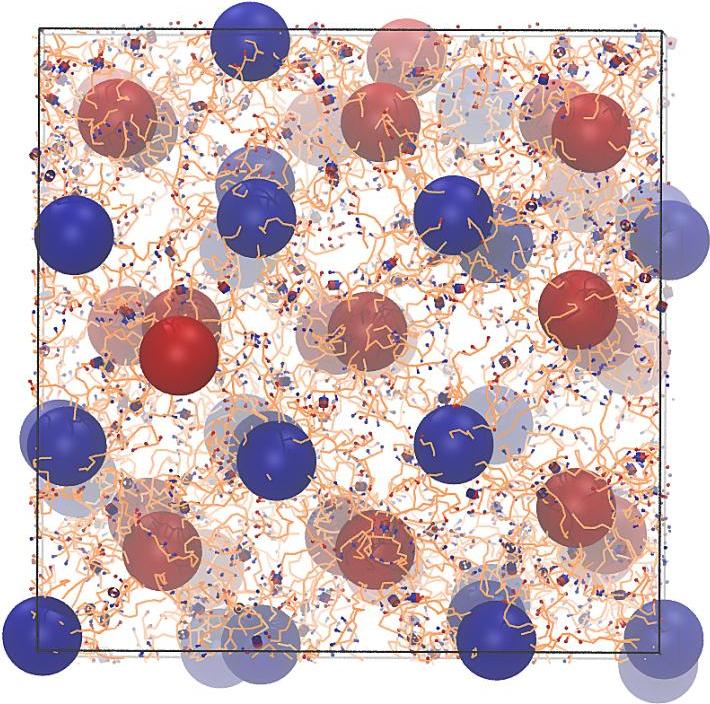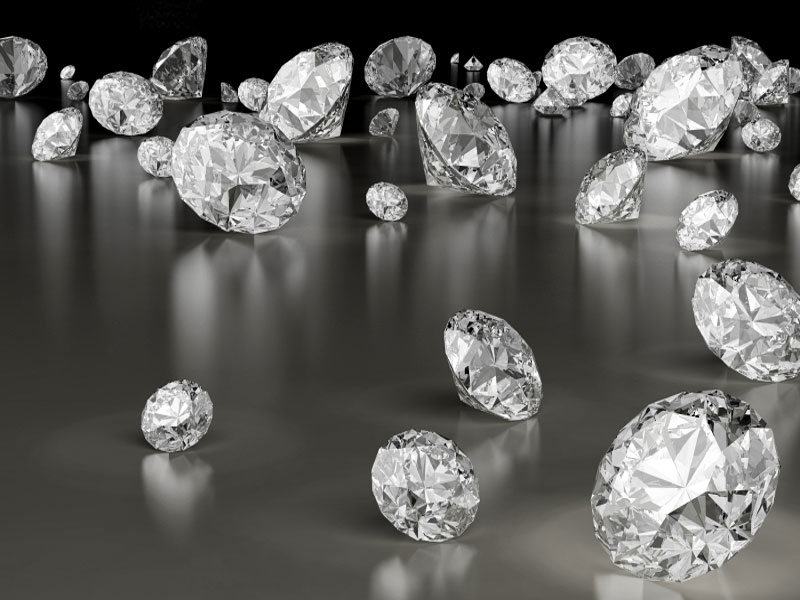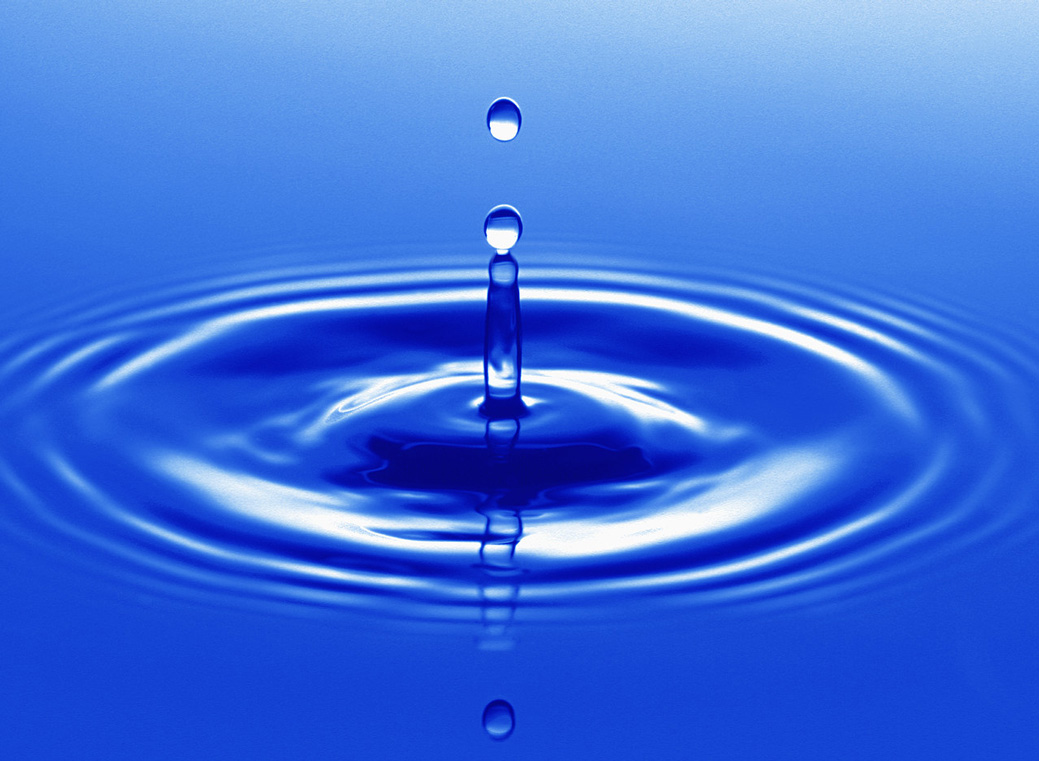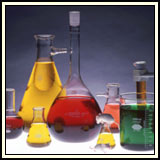 Sunday, October 16, 2011 at 12:10PM
Sunday, October 16, 2011 at 12:10PM Nobel Prize Winner Putting Squeeze on Hydrogen
Nobel laureate puts the squeeze on hydrogen
Hydrogen, normally a gas, may act like a metal when squeezed under extreme pressure. In that state, 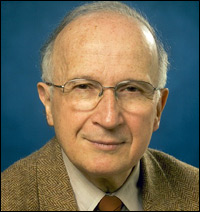 competing chemical and physical effects determine its properties, said Nobel laureate Roald Hoffmann, Cornell's Frank H.T. Rhodes Professor in Humane Letters and professor emeritus of chemistry.
competing chemical and physical effects determine its properties, said Nobel laureate Roald Hoffmann, Cornell's Frank H.T. Rhodes Professor in Humane Letters and professor emeritus of chemistry.
